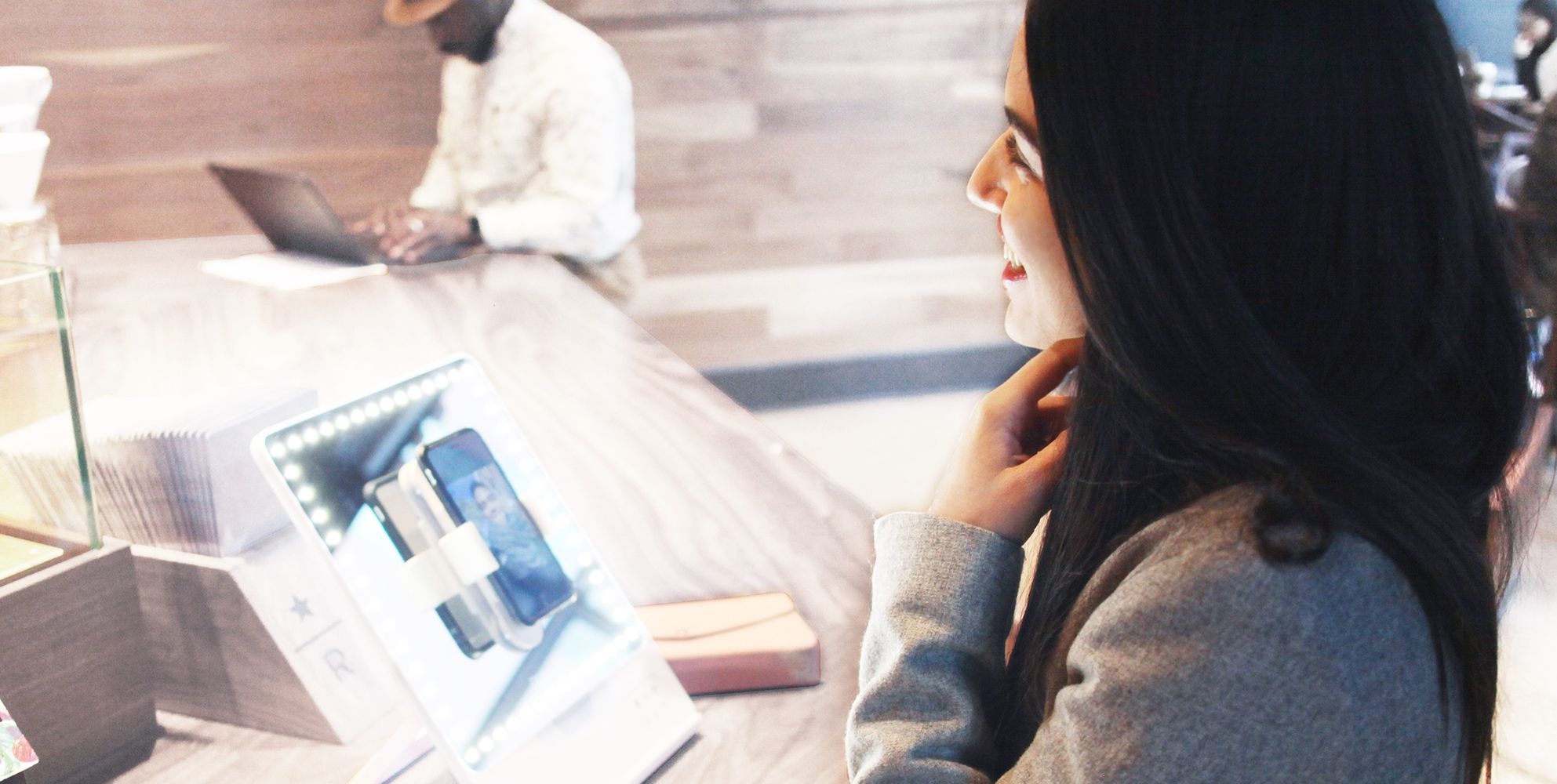
Glamcor’s Mirrors Reflect The Multiplicity Of The Beauty Market
Erik and Wanchen Kaiser’s personal partnership preceded their professional partnership. The co-owners of mirror company Glamcor and sister brand Riki Loves Riki met in 2010 when Wanchen was in school in China. Erik traveled to the country to learn about the LED-lighting industry, and Wanchen was finishing up a degree in economics. Erik’s interest in lighting and mirrors didn’t originally align with Wanchen’s career aspirations, but she fell in love with both Erik and his idea for a business. After losing his construction company in 2009 during the recession, Erik detected a demand for professional lighting for makeup artists and beauty consumers. Glamcor launched seven years ago to respond to that demand. Today, its mirrors have been embraced by makeup industry professionals, tattoo artists, Instagram influencers and even actresses the likes of Angelina Jolie. Beauty Independent talked to Erik about Glamcor’s slow road to growth, its marketing strategy and how he’s discovered customers for Glamcor products.
What was the vision for Glamcor at the outset?
There was a huge gap for lighting in the professional makeup community and the consumer community, and I said, “This is something I could solve.” It was an exciting market, and I didn’t want to be doing something local anymore. I wanted to be working globally because of losing something on a local level was too big. I moved to China in 2010. That’s the year I met my wife and, then, created this product line of cosmetics and a makeup kit with professional lighting. At our first makeup show, no one cared about the cosmetics, they just wanted the light. So, from the very first trade show, we became a lighting company.
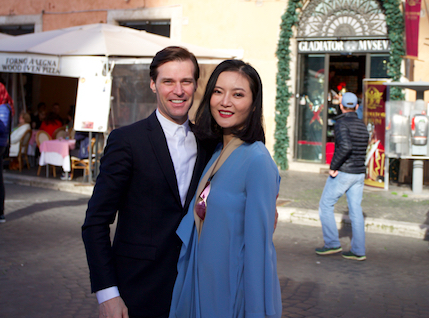
How has the vision for the brand changed?
We realized from the very beginning that there was an opportunity for us to be more compelling. We said, “Let’s find every dislocation that exists and let’s be a true perennial student in this market to know what it means to have the problem, what the solutions are and try to educate the community to what lighting is supposed to do for his or her work.” That led us to different types of product and even more industries. People outside the industry started buying our lights for YouTube videos, and that created a whole new product line. We’re still learning about new product opportunities and have our eyes open.
How long and how much money did it take you to launch your brand?
I moved to China on Jan. 1, 2010 just armed with a little information about the supply chain for LED technology. We brought the first products to market in February 2011, so it took a proper year to design, build and manufacture. I was losing money the entire time because I had no income. I was living in China in cheap hotels. It probably took an investment of about $200,000 from my savings.
Who is Glamcor’s target customer, and how did you identify that target?
We have a few different target customers. In the beauty industry, the target customer was initially the makeup artists, but that’s grown to lash, brow and permanent makeup artists. It has gotten into the tattoo industry, too. There’s also the generation of individuals who are filming for YouTube or corporate platforms. We sell lights to what we call the GoPro community. They’re active and filming videos and need our equipment to do it. So, there’s a huge presence in the beauty industry, and one growing outside of it.
Our brand Riki Loves Riki is for the consumer. We have the professional brand Glamcor and, then, to differentiate between pros and customers interested in our products, we created Riki Loves Riki. It makes lighted portable vanity mirrors for consumers, and we have three different products, including the Riki Skinny, our most popular product across both brands.
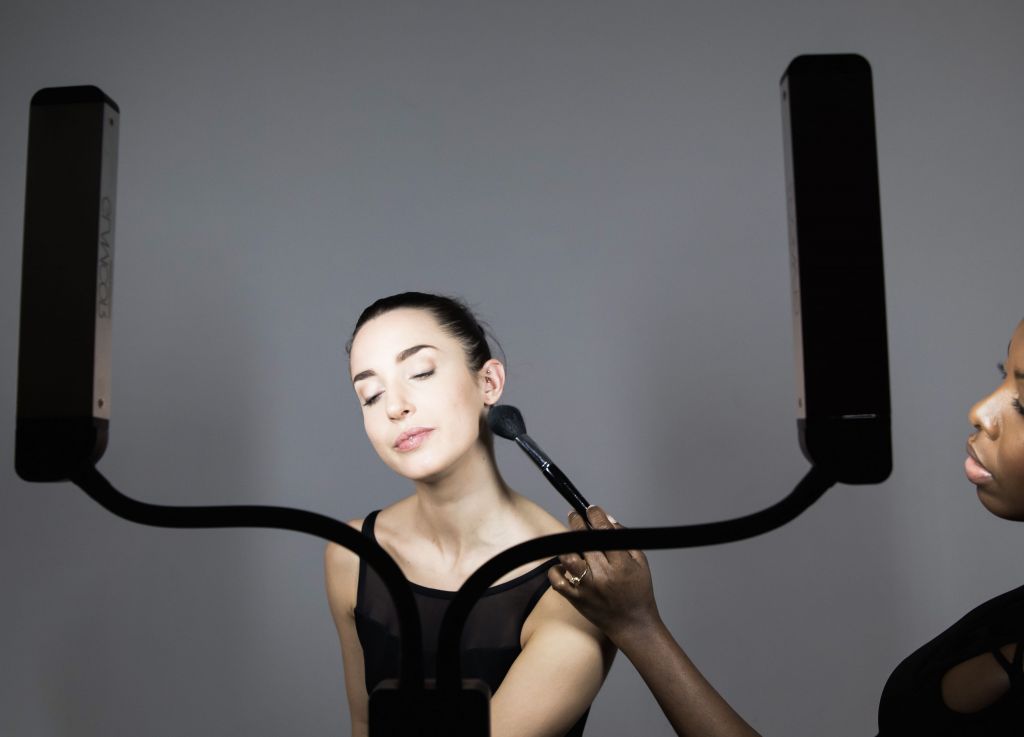
Where are Glamcor’s items sold now?
We have customers in 83 countries, and we do all distribution ourselves. We’ve been starting to do distribution deals in specific countries to decrease infighting and small market competition. We also we sell to retailers.
What is the company’s e-commerce strategy?
Our e-commerce strategy is to own the U.S. market. The U.S. market is 25% of our revenue, and it’s because we own the e-commerce business in the United States. We focused on that for all of these years because it gives us the ability to invest in research and development. We have a distribution center in California that lets us control our margins and offer different types of product we can test in this market. We think our next strategy is probably going to be different, but it’s taken us a lot of time to build up the ecommerce site. We have a long-term vision of being able to offer a lot of value to individual customers online through limited editions and special offerings on our website.
What is Glamcor’s hero product?
Riki Skinny is our number-one product, and it’s because it’s an item a consumer can purchase confidently, and they can be excited about it. Our professional products are praised worldwide, but the consumer market eclipses the size of the professional market. The Riki Skinny is $195. The customers are the drivers of our pricing. We have to be within a certain range, so we blatantly ask our customers what are they willing to pay. Then, once we understand what they’re willing to pay, we engineer the product to get to that value.

You work closely with your wife at Glamcor. What are your main responsibilities versus her main responsibilities?
We divide up our work by focusing on our strengths. We contribute to each other’s core strengths by getting opinions and feedback. We also leverage other key individuals in the organization to whom we delegate responsibilities.
Tell us more about the responsibilities Wanchen takes on at Glamcor.
One of paramount importance is maintaining the smooth day-to-day operations of our factory in China. Because we need to continually move fast, we need to have stable and happy staff who understand the importance of what we do as a team and feel appreciated. Our corporate culture in extremely important to us, and Wanchen keeps the spirit high and the pressure on.
She has to handle the not-so-pretty side of the factory by dealing with government officials, environmental laws, tax compliance, labor policies, safety, negotiations and corporate policies. She also works with the staff to continually provide opportunity to elevate anyone who wants to try doing something to better him or herself. She directs all HR-related activity. No matter where she is in the world, she has her finger on the pulse.
Wanchen is also responsible for developing the voice and brand image of our Riki Loves Riki brand. She created a vision of the brand as more of a fashion brand, and will develop products to support that vision. She guides our content creation department to create images and video that will support her vision, and she will get down into the details of wardrobe and accessories for every shoot. She is constantly testing her new ideas with how to connect better with new customers, and she is becoming the master at our presence at every trade show.
And she is responsible for all brand collaborations around the world. She works with new and existing customers and influencers to leverage very smart collaborations that are effective for both parties. Because of her efforts, we have developed relationships with top brands and influencers around the world. She is continually interfacing with everyone who has a serious interest in our products.
What have you found most challenging in building a beauty brand?
The challenges were, besides starting the business as a young man with just an education and no experience, I moved to a new country where i didn’t know the people, customs or language and I had to figure out manufacturing and I had to learn about parts and plastics and things I didn’t know about and I had to learn about technology. It’s extremely challenging to dive into something new. I have to be compelling and build relationships inside the beauty industry to introduce the product and I have to find the people.
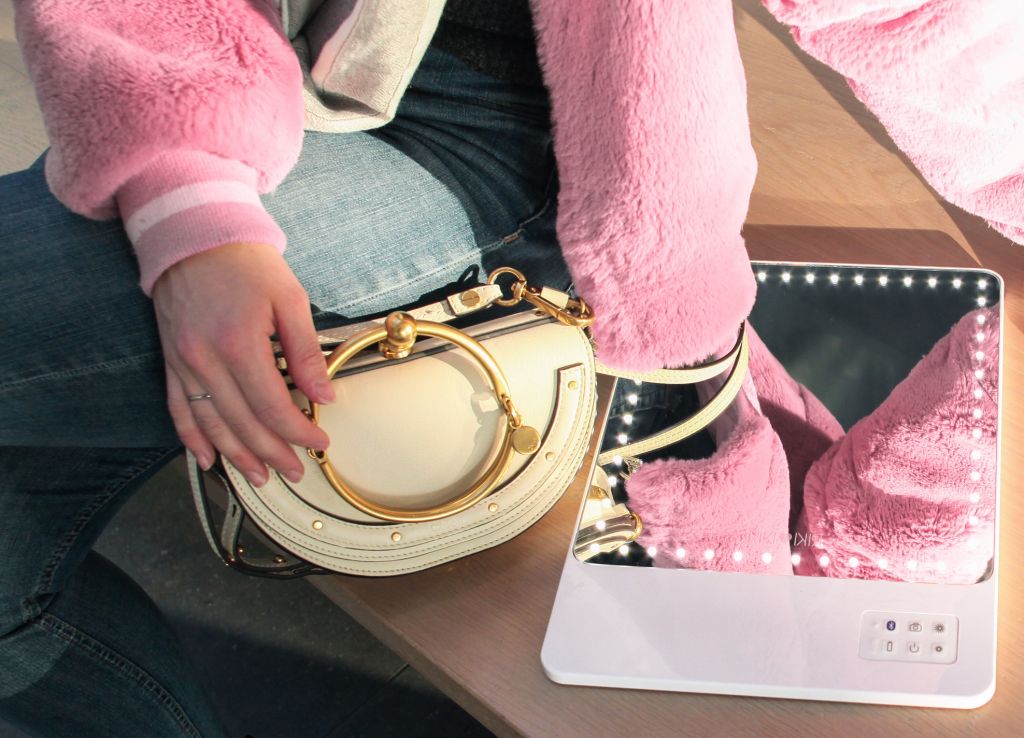
You mentioned Wanchen’s involvement with influencers. What works for Glamcor on social media?
Influencer marketing is the number-one strategy. We’re trying to build relationships with influencers. We have an office in New York that designs content. There are two ways a company can represent itself going forward. Either you create content and control it at your speed and pace, or you outsource it to someone else. There’s a third category that you end up being a type of company that tries to do this content on the cheap. We took the position about a year-and-a-half ago that we’d spend the time and money to build a content department. We want to build videos, high-end photography, everything. We want to be able to quickly move with the market.
If there’s content we see that’s necessary today that’s of value to our customers, we want to be able to produce it ourselves, not ask somebody to do it. We’ve been learning about how to speak to our customer base with our content. If you start promoting yourself, you can think about the 15 different ways you can present yourself. We want to demonstrate the DNA of our brand through our content. We want to excite people with the artistry and artisans with which we work. From a marketing side, we focus on existing customer database by offering special incentives through email campaigns.
How big is your business in revenues?
We don’t release numbers, but I’ll tell you the first couple years [that, in the] the first year, we made $250,000. The next year, we did $240,000. Now, we grow substantially every year. To sell in 83 countries, you have to have a pretty deep operation. Our objective is to try to at least double revenue every single year. The only way that happens is by a very heavily invested program in research and development, and new product releases.

Has there been a rejection that particularly stung?
Setbacks, sure. You’re trying to predict the future to be able to understand what your downsides could be, and you’re always doing a test every single day. I’m pretty good at doing that. At the two-year mark, we had no growth. We didn’t even have enough money to finish building out an office, and I was sitting there at the factory with my head in my hands thinking, “Should I continue on with this because I don’t know if there’s a future?” That was a very tough moment. I was considering what to do and what my options were in life again. I poured in all this effort for years and was finding no growth. I was maybe I overestimated the problem in this market. I got through that because I got lucky.
We were living on the edge at that point. I was living for free with Wanchen and trying to figure out the next moves. That’s when orders started picking up because a woman in the U.K. who had our original light and started using it for lash. I didn’t know anything about the lash industry. She brought it around to her education seminars. People in the industry started to see it and realize it was a perfect solution for their industry. It attracted other big-name people, and they all started spreading the word. Within a matter of six months, the business started to shoot up and has continually done so. I wasn’t even aware of the problem in that market. I wasn’t seeing the rest of the industry, but it found me because they needed a solution. After having connected, we started building a relationship to those communities and, in doing so, we’ve been able to identify other markets.






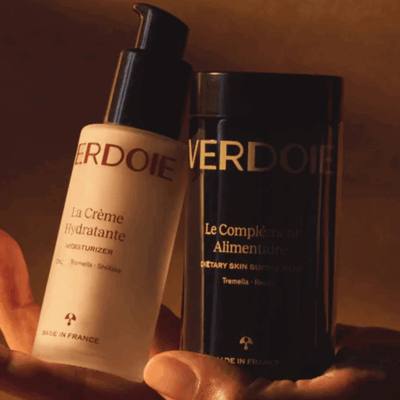
Leave a Reply
You must be logged in to post a comment.